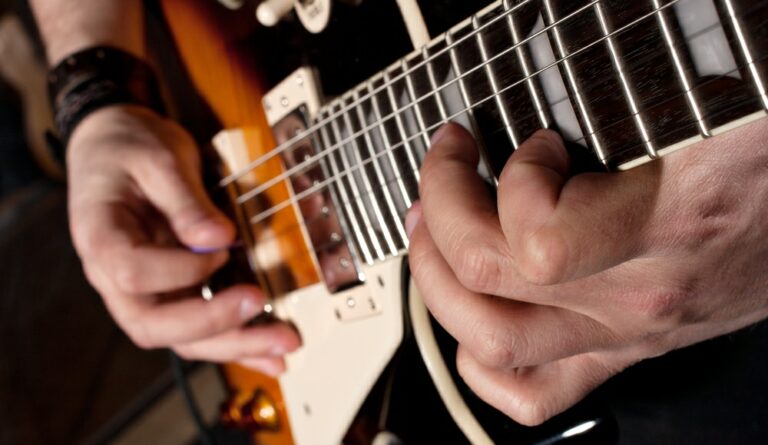Should I Start Learning Guitar on Acoustic or Electric Guitar?
Learning guitar is a passion for many of us, and if you’re new and wondering where to start, this guide Should I Start Learning Guitar on Acoustic or Electric Guitar? is here to help you make the right choice.
I started playing when I was about twelve, and honestly, it feels like only a few minutes ago and not fifty years! The guitar journey never stops & every player keeps learning, exploring sounds, and improving their touch. Let’s dive into the big question every beginner asks:
Acoustic vs Electric: Which One Should You Choose First?
As with most things in life, it depends on you your musical goals, your budget, and even your living situation. Lets break it down so you can make the best decision.
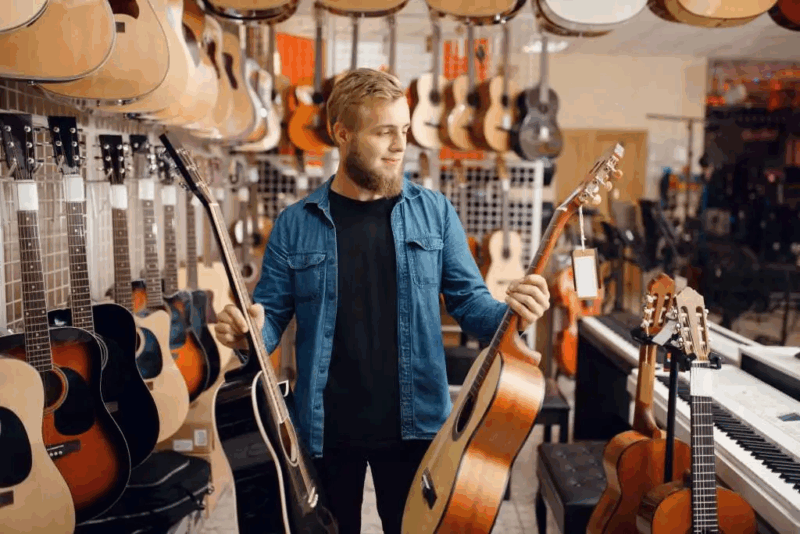
Acoustic Guitar: Simplicity and Portability
Acoustic guitars are wonderfully flexible. You can get them with cutaways that make it easier to reach those higher frets and even with built-in pickups so you can plug them into an amplifier or PA system.
They’re portable, low-maintenance, and great for song writing or jamming anywhere from your bedroom to the beach.
Key Benefits:
- No extra equipment needed — just the guitar and your hands.
- Excellent for learning chord shapes, rhythm, and finger strength.
- Ideal for folk, pop, country, and singer-songwriter styles.
Buying Tips:
Don’t buy the absolute cheapest one. Ultra-budget acoustics often sound dull, are hard to play, and can discourage you quickly. Instead:
- Look for a steel-string acoustic (not nylon, unless you specifically want to play classical music).
- Make sure it feels comfortable and that you don’t have to press too hard for notes to ring out clearly.
- Ask the music shop to “set it up” this means adjusting the string height, neck, and intonation for easy playability. Its amazing how great a good setup makes even an expensive guitar.
- Consider using light-gauge strings (like .009s or .010s) to reduce finger pain early on.
💡 Pro Tip: Nylon-string guitars (classical guitars) are softer on the fingers, but their necks are wider, and they’re not designed for steel strings. Swapping nylon for steel strings can damage the guitar’s neck or bridge so always match the strings to the guitar’s design.
Electric Guitar: Power, Tone, and Versatility
If you dream of riffs, solos, and rock energy an electric guitar might be your perfect start. But be aware: it comes with extra gear.
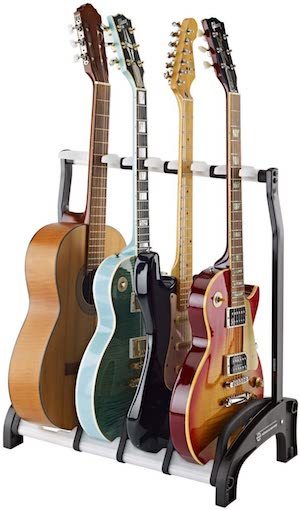
You’ll need at least:
- An amplifier (even a small practice one or a headphone amp will do), and
- A cable to connect your guitar.
Electric guitars are easier to play physically lighter strings and lower action but they cost a bit more to set up initially.
Pros:
- Easier on the fingers for beginners.
- Huge variety of tones thanks to pickup combinations and effects.
- Perfect for rock, metal, blues, and jazz.
Cons:
- Requires extra gear (amp, cable, possibly pedals).
- Less “grab-and-go” than an acoustic.
You can get a solid beginner setup for around $300–$500 total, depending on brand and model. The key is playability not flashy looks. Have the guitar professionally set up before you start, so it plays smoothly and stays in tune.
Pickups 101: Humbucker vs Single Coil
One of the main things that shapes an electric guitar’s sound is its pickup type:
- Single Coils → Bright, sharp, and snappy (great for funk, pop, blues, country).
- Humbuckers → Thick, warm, and powerful (ideal for rock, metal, and lead tones).
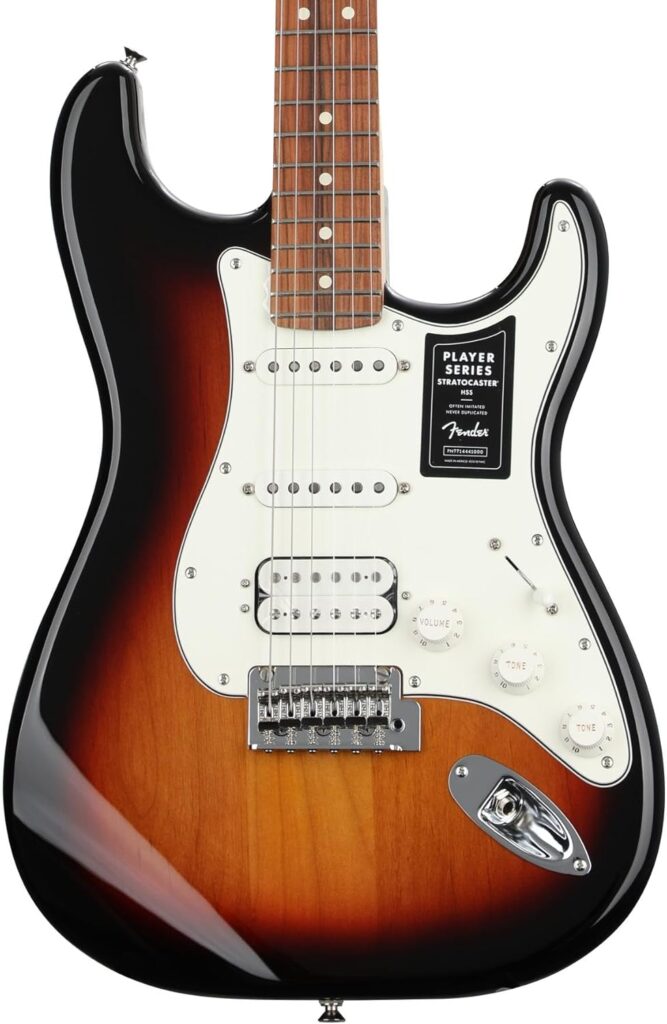
Some guitars feature a coil-tap switch, which lets you split a humbucker into a single-coil giving you the best of both worlds.
If you’re unsure what style you’ll settle into, ask your local guitar shop for a “HSS” setup (Humbucker–Single–Single) — it’s one of the most versatile pickup layouts for beginners.
Practice Without Annoying the Neighbours.
If you’re in an apartment or shared house, consider a headphone amp or multi-effects processor. These small devices plug straight into your guitar and let you practice quietly with great tone a lifesaver for late-night sessions!
Multi Effects pedals also have many of the additional effects you may desire like delay or reverb filling the sound out. Auto WAH and so many more effects. These also may be suitable to plug into a PA or AMP so you can play live.
In addition they often have both recoding features or looping features that can be helpful and also the headphone option too.
Final Thoughts: Start Where You’ll Keep Playing.
At the end of the day, the best guitar to start on is the one that makes you want to play every day.
If you love strumming along to acoustic songs then go acoustic.
If you’re inspired by electric solos and classic riffs its time to go electric.
What matters most is comfort, enjoyment, and consistency. Your first guitar doesn’t have to be perfect just playable and inspiring.
🪕 Related Reading on DreamingGuitar.com
- How to Transition from Chords to Your First Guitar Solo
- Essential Guitar Apps & Online Resources for Practice in 2025
- Understanding Guitar Pickups: Single Coil vs Humbucker
The Author.
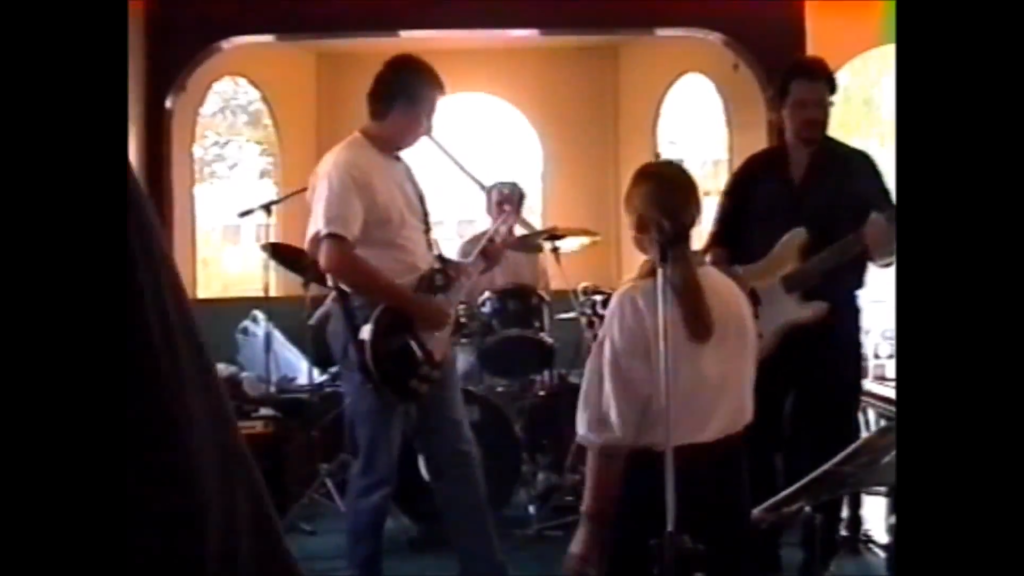
Brendon McAliece is a multi lingual expatriate Australian living in Thailand who speaks Thai, a number of its dialects and Lao. He has been playing guitar since he was 12 and continues to do so to this day.
He has performing in bands across the Middle East while contracting as a Aircraft Weapons Instructor with his 10 years of RAAF Armament Fitter experience and his maintained his love for playing guitar it continues to thrive today.
